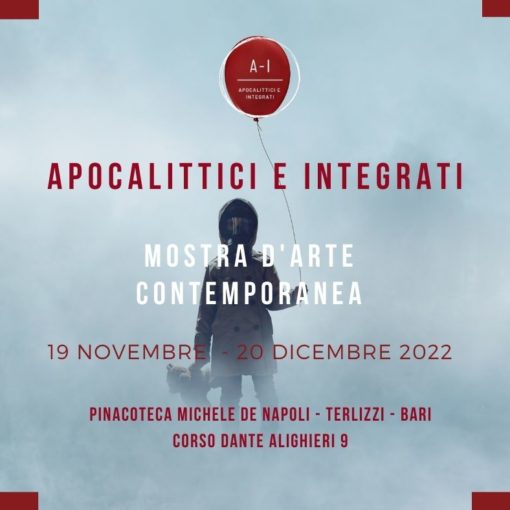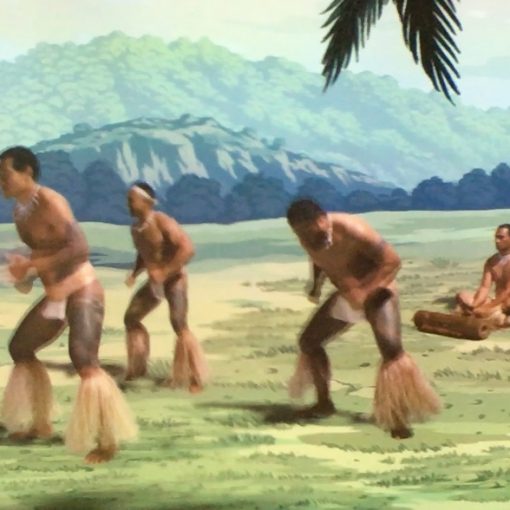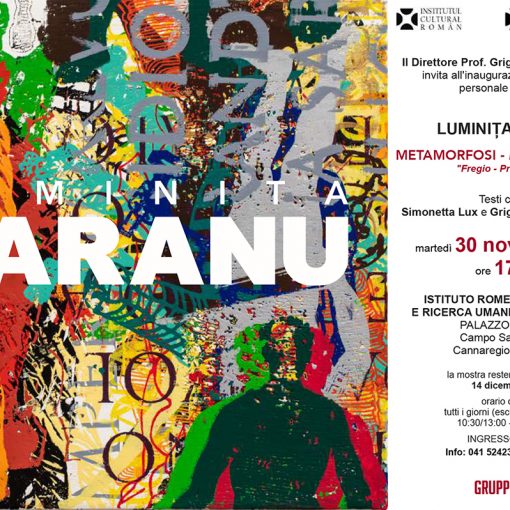Le opere del Maestro Antonio Nunziante sono presenti ad EuroExpoArt presso la fiera di Forlì in occasione di Vernice Art Fair 2019 per il Tributo a lui riservato dai curatori Giorgio Bertozzi e Ferdan Yusufi
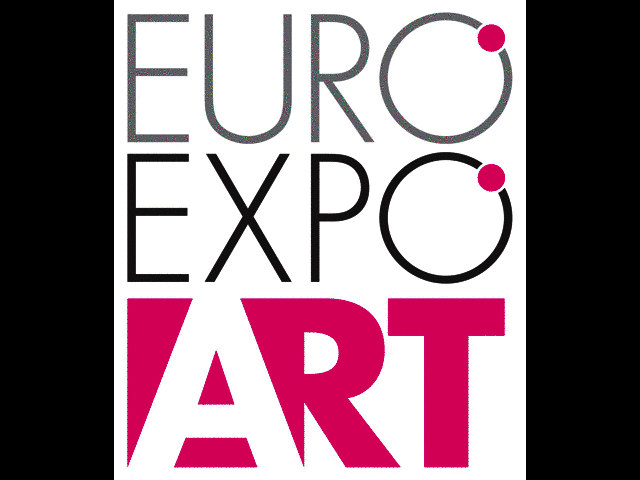
Nunziante
In principio fu De Chirico. Come se prima e dopo non ci fosse nulla, o che niente d’importante, nella storia dell’arte, potesse più passare senza la mediazione del suo filtro. Come se il senso della pittura moderna, e della pittura più in generale, fosse stato individuato finalmente, liberando gli artisti post-ottocenteschi dalla condanna di dover ricorrere alla precarietà dello sperimentalismo. Come se nella dimensione artistica, lirica e intellettuale introdotta dalla Metafisica ci sia tutto lo spazio disponibile per ciò che un artista può essere in grado di esprimere, ieri come oggi, oggi come domani.
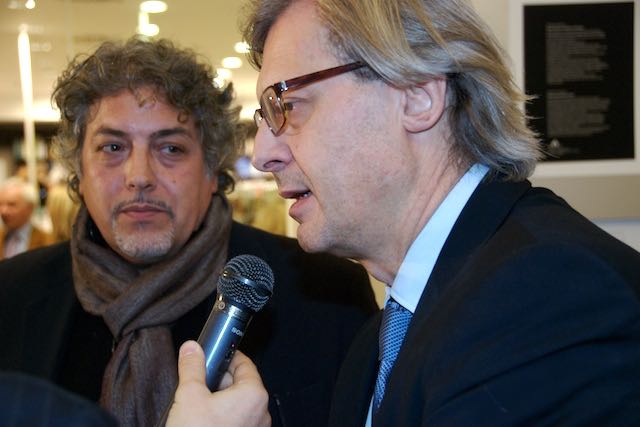
E’ questa la premessa, storica e metastorica, che ci permette d’introdurci nell’arte di Antonio Nunziante, di cui mi ritrovo nuovamente a scrivere. De Chirico, dunque, prima di ogni altra cosa. Ma si sbaglierebbe, credo, a ritenere che Nunziante abbia stabilito con l’opera di De Chirico un rapporto rigorosamente accademico, come un ripetitore meccanico all’infinito dei suoi modelli, o che il suo massimo obiettivo sia quello di fare della “Neo-metafisica”, più ancora di quanto non fosse quella, spesso un po’ stanca e autocelebrativa, che De Chirico ha intrapreso negli ultimi due decenni della sua vita. Per Nunziante, non può esistere una “Neo-Metafisica”. Esiste una Metafisica, sempre la stessa dal momento della sua geniale scoperta. Perché la Metafisica è qualcosa di più di una semplice esperienza artistica e intellettuale dell’uomo del Novecento, per quanto importantissima, tappa fra le più notevoli e originali della cultura italiana del secolo scorso, con la sua precisa collocazione storica, con i suoi estremi cronologici, come una qualunque altra esperienza della prima Avanguardia. No, la Metafisica non può essere solo questo, altrimenti sarebbe una contraddizione in termini. Se è Metafisica, letteralmente, allora è qualcosa che va oltre i limiti della materialità, dunque anche oltre i confini della storia e del tempo, intendendo con la prima la registrazione dell’avvicendarsi del secondo. Ed è anche qualcosa che va oltre i limiti della geografia, dato che l’iniziale riferimento all’Italia, per quanto a Nunziante e a noi così caro, si è subito universalizzato, diventando un patrimonio condiviso da tutti. Se è Metafisica, se è superamento della storia e della geografia, se è patrimonio condiviso dal genere umano, allora non può che essere categoria dello spirito. Nessuno può stabilire un “prima” e un “dopo” per una categoria dello spirito. E’ un assoluto, un eterno presente, con De Chirico che vive ancora fra noi attraverso la lingua che ha individuato e che ci ha insegnato a usare. Potremo dire altrettanto del Futurismo o del Cubismo, per dire di due esperienze coeve, e non certo meno importanti dal punto di vista storico? Non credo. Sono state nuove forme di linguaggio, fra le prime a individuare nello sperimentalismo lo sbocco forzato dell’arte moderna, ma a cui non è corrisposta la scoperta di una specifica dimensione dello spirito. E in quanto tali, sono rimaste legate alla loro storia, al loro tempo, alle loro geografie. E’ patrimonio del genere umano, ma in un senso relativo, come memoria di un passato che non ha un’incidenza diretta con il presente. Sono rimasti prima Avanguardia, quindi fenomeno museale, certo rispettabilissimo, ma chiuso sotto teca. Dire oggi di fare Cubismo o Futurismo vorrebbe dire fare del passatismo, rievocare qualcosa che storicamente ha avuto un inizio e una fine ben precisi. Dire oggi di fare Metafisica, invece, può voler dire benissimo fare dell’attualità. Perché la Metafisica, a differenza del Cubismo o del Futurismo, non è solo un linguaggio, né solo uno stile. La maggior parte dei Futuristi avrebbero fatto marcia indietro, travolti dal delirio di una Grande Guerra che avevano auspicato, non riconoscendosi più nella rivoluzione formale ed estetica che avevano innescato. Finiti gli anni del Cubismo, Picasso avrebbe affermato che lui non ricercava, trovava. De Chirico ci era già arrivato prima di lui, e in modo molto più stabile e convincente di quanto non farebbe credere Picasso: aveva trovato, quasi al primo tentativo, e aveva creduto bene di non muoversi da quel traguardo conseguito. Se Picasso trova, e non sono sempre certo che sia così, lo fa all’interno di un discorso artistico estremamente personale, seppure comprensibile e apprezzabile da tutti quanti. De Chirico agisce in modo diverso da lui: apre la porta a un nuovo universo espressivo, un nuovo modo di mettersi in relazione con sé stessi, con la propria immaginazione e con il mondo, non legato rigidamente alla sua sfera personale, ma adottabile da chiunque, come lo stesso Nunziante dimostra. E’ questa la grande differenza. Picasso fa riferimento solo a sé stesso, non esiste un “Picassismo” che tutti possiamo sentire come una cosa che sia intimamente nostra. Chi vuole capire Picasso, deve accettare la centralità di Picasso sul mondo. De Chirico, invece, diventa uno dei riferimenti possibili all’interno della speciale dimensione dell’anima, la Metafisica, che lui ha scoperto. Lo è come Savinio, come il Surrealismo di Breton, Magritte, Delvaux, come il Realismo Magico italiano e certe forme della Neue Sachlichkeit, come la figurazione esistenzialista del dopoguerra, e tutte le riedizioni artistiche che queste esperienze hanno avuto nel corso degli anni successivi, Nunziante compreso. Lo è come potrebbero essere tanti fatti ancora a venire, nuove esplorazioni dietro la porta che De Chirico ha aperto ormai quasi un secolo fa, scoprendo qualcosa di enormemente più grande di sé stesso. La Metafisica sta sopra questo passato, questo presente, questo futuro, come una grande nuvola, come un grande contenitore dello spirito sempre pronto a muoversi e a cambiare forma. E oggi che della Metafisica siamo i costanti beneficiari, c’è da chiedersi come sia stato possibile che l’arte abbia impiegato così tanto tempo ad aprire quella porta. In realtà, in De Chirico è stata la grande presa di coscienza di qualcosa che già esisteva nella pittura a lui precedente, come Nunziante sa benissimo, in Piero della Francesca come in Chardin, in Paolo Uccello come in Vermeer, in Baschenis come nei Simbolisti, e così all’infinito. Ogni volta che un artista si è proposto di mettersi in rapporto con il mondo non per riprodurre fedelmente le sue apparenze, ma per interpretarlo e reinventarlo, eccedendo nella razionalità fino a sfiorare il suo esatto contrario, ha sempre assunto un atteggiamento metafisico. De Chirico è stato il primo a capirlo fino in fondo.
Nunziante, quindi, metafisico, ma non per forza dechirichiano. Uno degli aspetti più importanti del legame fra Nunziante e la Metafisica è che egli arriva a concepirla come un “a priori” non per passiva adozione di un credo ma attraverso l’empirismo del proprio percorso pittorico. Un primo momento di questo percorso è consistito nell’acquisizione della consapevolezza che in arte il mestiere rimane sempre una cosa necessaria. Lo è anche quando negli artisti contemporanei il mestiere diventa qualcosa di ben poco convenzionale, come nel caso, per esempio, di Pollock e di Burri. Per Nunziante, figlio di artigiano, il discorso è stato più semplice. Mai ha creduto, come fanno molti suoi colleghi, che l’arte moderna sia una mezzo in grado di emancipare gli artisti dall’obbligo di possedere delle capacità manuali. Nunziante deve essere stato sempre convinto che la tecnica sia lo stile. Per lui, recenti scoperte radiografiche come quelle che hanno portato a chiarire quale fosse la vera tecnica di Caravaggio, non “alla prima”, come fino a ieri si era creduto, ma abbozzando le figure con la biacca che ricoperta da successive velature cromatiche esaltava i contrasti chiaroscurali, devono essere state delle sorprese solo parziali. Caravaggio non è un nome ininfluente nelle scelte di Nunziante. Se Nunziante è pittore di oggetti e di ambienti che possono fare a meno della presenza umana, pur testimoniando profondamente di essa, è indubbio che il primo a farlo non sia stato De Chirico, ma Caravaggio. Con Caravaggio, l’oggetto diventa per la prima volta un soggetto, non meno capace di esprimere valori pittorici di una storia mitologica o religiosa. Ma perché l’oggetto diventi un soggetto, perché la natura morta diventi un genere autonomo, è necessaria una specifica tecnica. L’artista non può che essere un tecnico dell’espressione, tutto ciò che può esprimere è proporzionale alla tecnica che adotta. Caravaggio è prima di tutto una tecnica, da cui dipende qualunque altra considerazione. Il fatto che ci abbiamo impiegato quattrocento anni per capire con chiarezza come Caravaggio dipingesse, tre dei quali dopo la scoperta dei raggi X, ci fa capire come in realtà abbiamo preferito interpretarlo secondo qualcosa di diverso dalla tecnica. Caravaggio era ed è prima di tutto l’abbozzo alla biacca, e noi ce ne stiamo accorgendo solo adesso, mentre credevamo di avere capito tutto su di lui. Mai Nunziante ha creduto che si possano acquisire delle capacità manuali senza fare riferimento alla lezione tecnica ed espressiva dei maestri del passato. Di qui il secondo momento del percorso di Nunziante, che consiste nello studio della storia dell’arte. Nunziante si forma fra Torino e Firenze, è affascinato dal Rinascimento, nel rispetto della linea critica vasariana che riconosce alla Toscana il primato storico dell’arte italiana, ma non manca di appassionarsi all’arte fiamminga e nordica, uguale e contraria a quella italiana. Nunziante non manca di spaziare anche lungo il Seicento, secolo della natura morta come genere autonomo e di Vermeer, del Settecento di Chardin, giungendo fino a maestri più recenti come senza Böcklin, Dalì, Picasso e naturalmente De Chirico. E qui veniamo al terzo momento, la proiezione nel nostro presente dell’arte come mestiere e come storia. Il mestiere, quando fa riferimento alla tradizione, conduce alla storia e la storia ha la necessità di essere ricondotta al presente, se non vuole rimanere un patrimonio morto. Il linguaggio diventa allora un’equazione con cui mettere in rapporto questi elementi: bisogna parlare in un modo attuale, ma anche in maniera da non tagliare i legami con il passato, nel segno di una continuità espressiva che si rivolge all’interiorità dell’uomo e che non ha assolutamente terminato di dire tutte le cose che può dirci. Un linguaggio che sia quindi fondato sul mestiere, perché è la tecnica a determinare il modo in cui ci si esprime. Il cerchio si chiude, ci avviciniamo alla meta: la soluzione dell’equazione è la Metafisica come “a priori”. Solo una dimensione fuori dallo spazio e dal tempo può permettere al nostro spirito di mettersi in comunicazione con altri spiriti, quelli dell’attualità, ma anche quelli del passato e quelli del probabile futuro. La Metafisica è una gradino sopra il linguaggio, è l’espressione cum figuris dello spirito che attribuisce valore “altro” agli spazi e agli oggetti con cui si manifesta, fuori dai limiti della loro fisicità. E’ espressione lirica ed enigmatica, pronta a sorprenderci e incantarci, perché lirica ed enigmatica è l’attività creativa e conoscitiva del nostro inconscio. E pochi artisti potrebbero farcelo capire meglio di Nunziante, che sempre lascia in sospeso la parola “fine”.
Vittorio Sgarbi
As if before him there was nothing, and after him nothing important could exist in art history without his
influence . As if the meaning of modern painting, and of painting in general, was finally identified,
liberating post-nineteenth-century artists from the burden of experimentalism’s precarious nature. As if
the artistic, lyrical and intellectual sphere introduced by Metaphysics makes it possible for artists to be
able to express yesterday like today, and today like tomorrow.
This is the historical and meta-historical background that allows us to understand Antonio Nunziante’s
art- atout chic I find myself writing once again.
De Chirico, therefore, before anything else. I believe taht i would be mistaken to claim that Nunziante
has estabilshed a strictly academic ralationship with De Chirico’s work, like an infinite machanical
repeater of his models. Like wise mostaken would it be to sustain that Nunziante’s ultimate objective is
to make his art work even more “Neo-Metaphysical” that De Chirico’s work from the last two decades of
his life,which tends to be a bit stale and self-celebratory.”Neo-Metaphysics” cannot exist for Nunziante.
There is only one Metaphysics, which has been the same since its brilliant discovery.
Metaphysics is more than just a simple artistic and intellectual movement of the twentieth century; although the movement was very important (one of the most noteworthy and original phase of Italian culture of the last century), Like any other of the early avant-garde movements, it had a precise time and place in history.
No-Metaphysics can not only be this because that would make it a contradiction of terms. If something is metaphysical , it is literally something that supasses the limts of materiality and crosses the boundaries of history and time (history intended as the record of passing time). It i salso something that goes beyond geographical limits, because the initial reference to Italy (which is so dear to Nunziante and to us) is universalize right away , becoming a patrimony shared by everyone.
If it is metaphysics, if it surpasses history and geographyc, and if a patrimony is shared by all
humankind, it must be a category of the spirit. It is an absolute and eternal present, with De Chirico still
living among us through the language he identified and he taught us to use.
Could we say the same for futurism and cubism-to mention two contemporary movements that are
certainly no less important historically speaking? I do not believe so.These movements were new forms
of language, and were among the first to identify experimentalism as the way out for modern art.
However, a specific dimension of the spirit was not found for modern art.
Futurism and cubism are still bound with their history, time and geography. They are a patrimony of
humankind, but in relative way-like the memory of a past that does not directly influence the present.
First they were avant-garde, and then they were found only in museums- certainly highly respectable,
but closed behind glass. Doing cubism or futurism today would mean bringing back something that
historically had a precise beginnig and end. Instead, doing metaphysics today could easily mean doing
something current, bacause metaphysics unlike cubism and futurism – is not only a language nor only a
style. Most futurists, overcome by the madness of a great war that they had hoped for, would have liked
to go back bacause they no longer saw themselves in the formal and esthetic revolution they sparked.
Once cubism was over, Picasso would have clained that he was not searching, he was finding. De
Chirico had already arrived at this conclusion before him – and in a more stable and convincing way
than Picasso would lead one to believe: he haid found almost on the first try, and was right not to sway
from his conclusion. If Picasso finds – it is not always certain that this was so- he does so within an
extremely personal artistic context which is understandable and can be appreciated by all.
De Chirico works in a different way than Picasso: he opens the door to a new expressive universe- a
new way to be in touch with oneself, with ones own imagination and the world, not strictly tied to has
personal sphere, but adaptable to anyone- has Nunziante demonstrates. This is the big difference
between the two. Picasso refers only to himself there is no “ Picassoism” that we can feel, like
something that is intimately ours. He who wants to understand Picasso must accept the central role
Picasso plays on the world. De Chirico, instead, is one of the key figures within the special dimension if
the spirit that he discovered- Metaphysics. Likewise are Savinio, The Surrealism of Breton, Magritte,
Delvaux, Italian Magic Realism and certain forms of Neue Sachlichkeit, like the post – war existentialist
figuration, and all the artistic revivals that these movements had over the course of the years to come –
Nunziante included. De Chirico is like many of things yet to come – new tendencies behind the door
that he opened almost a century ago, discovering something immensely larger than himself.
Metaphysics is above this past, this present and this future, like a huge cloud or container of the soul
that is always ready to move or change shape.
Since it is today that we are constant beneficiaries of Metaphysics, we should ask ourselves how it is possible that art took so long to open that door. In reality, De Chirico had a sudden awakening of consciousness of something that already existed in painting before him ( as Nunziante well knows ) , found in Piero della Francesca like in Chardin, in Paolo Uccello like in Vermeer, Baschenis as in the Symbolists, and in the infinite number of other examples. Every time an artist decides to have a relationship with the world ( not to faithfully reproduce what they see, but to interpret and reinvent it, exaggerating rationality until they reach its exact opposite ) he or she always takes on a Metaphysical attitude. De Chirico was the first to understand this completely. Nunziante is therefore a metaphysicist, but not necessarily De Chirician. One of the most important aspects of the link between Nunziante and Metaphysics is that he began to understand it as an a priori-not by passive adoption of a belief, but through the empiricism of his own pictorial path. The early stage of this path consisted in the acquisition of awareness that having skills is always a necessity in art. It is also a necessity for contemporary artists, where art skills become something rather unconventional-as in the case of Pollock and Burri. For Nunziante, the son of an artisan, this awareness was easier. He never believed-as do many of his colleagues-that modern art is a means that can emancipate artists from the need to have manual skill. Nunziante has always been sure that technique is style. For him, recent radiographic discoveries such as those that reveal Caravaggio’s real technique (it was not “alla prima”, as was believed until very recently, but instead the figures were sketched with lead white, which was followed by chromatic glazing, bringing out the chiaroscuro contrasts) must have been only partial surprises. Caravaggio is not uninfluential on Nunziante’s choices. In the hypothesis that Nunziante is a painter of objects and scenes that can do without human presence (but have traces of their presence) it was undoubtedly Caravaggio, and not De Chirico to be the first to do this. With Caravaggio, the object becomes a subject for the first time-no less capable of expressing pictorial values than a mythological of religious story. There must be a specific technique for the object to become a subject, or for still life to become an autonomous genre. An artist must be a master of expression-everything that they can express is in proportion with the technique they use. Caravaggio, above all, is a technique, which any other consideration depends on. The fact that it took four hundred years and the discovery of X-rays to completely understand how Caravaggio painted, led us to interpret it with something other tan technique. Caravaggio was and is the lead white sketcher, and we are finding this out only now despite the fact that one can acquire manual skill without following the technical and expressive example of past masters. This is where the second part of Nunziante’s path starts: his study of art history. Nunziante was trained in Turin and Florence; he is fascinated by the Renaissance and agrees with Vasarian critical vision, which recognizes Tuscany as the first in Italian art history, and is likewise passionate about Dutch and Nordic art, which is similar and contrary to Italian art. Nunziante also sweeps across the Seventeenth century-the century of still life as autonomous genre and Vermeer, along the Eighteenth century with Chardin, and arriving finally to the more recent masters such as Böcklin, Dalí, Picasso and naturally, De Chirico. It is here that we reach the third phase-the projection of the present art as a trade and as history. When the trade refers to tradition, it leads to history, and history must be brought to the present if it does not wish to remain a dead patrimony. Language therefore becomes an equation to put these elements in a relationship. It is necessary to speak for the present, but in a way that does not cut ties with the past, following an expressive continuity that takes place inside us and has not finished communicating everything it can. A language that is based on technique, because it is technique that determines the way we express ourselves. The circle closes and we approach the result: the solution to the equation is a priori Metaphysics. Only a dimension outside space and time can allow our spirit to communicate with other spirits-not only present ones, but also those from the past and the probable future. Metaphysics is a step above language-it is the cum figuris expression of the spirit that attributes “other” value to the spaces and objects that become apparent outside the limits of their corporeity. It is lyrical and enigmatic expression that is ready to surprise and charm us become the creative and cognitive processes of our subconscious are lyric and enigmatic. Few artists can make us understand this better than Nunziante, who always leaves in suspense the word “end.”
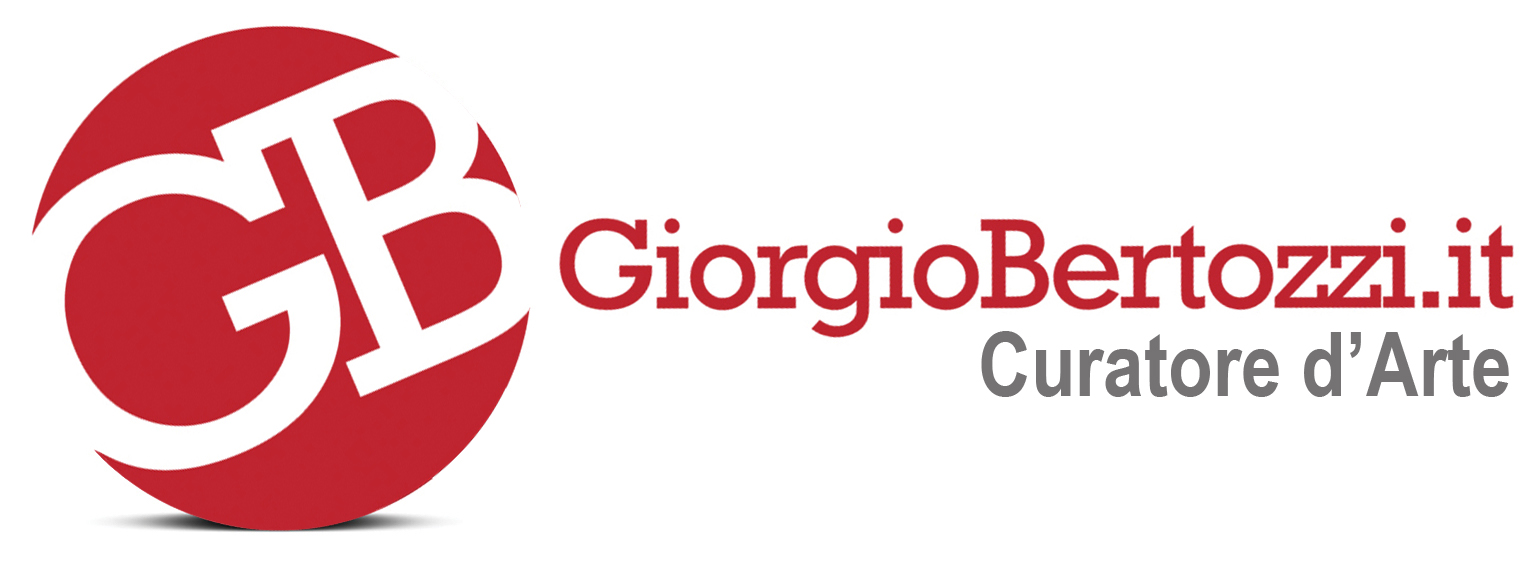
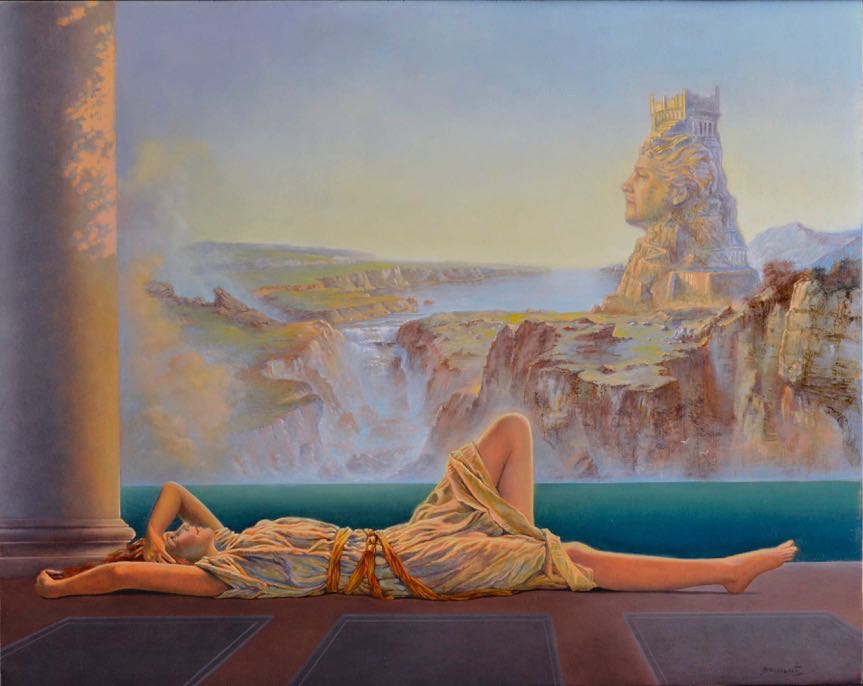
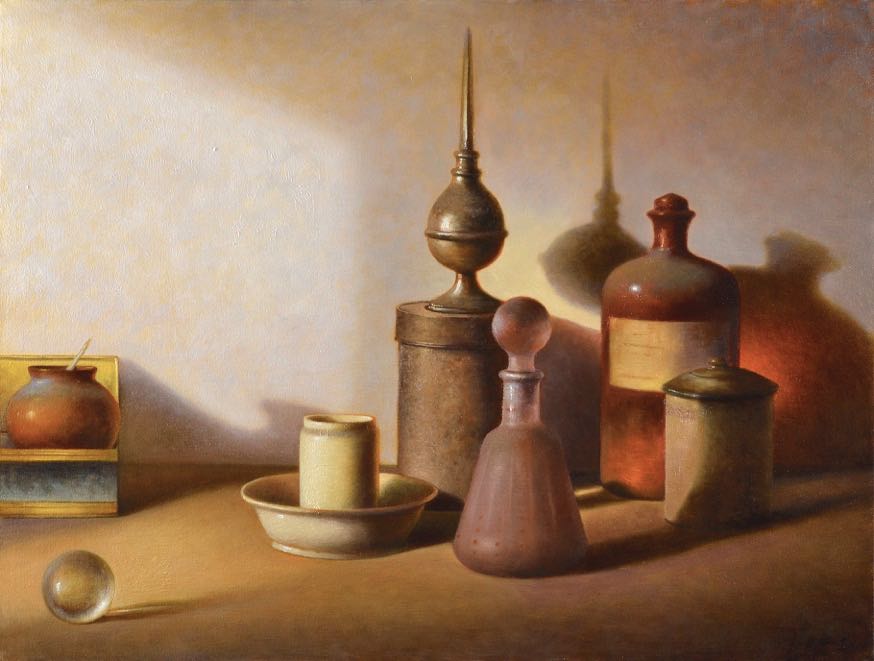
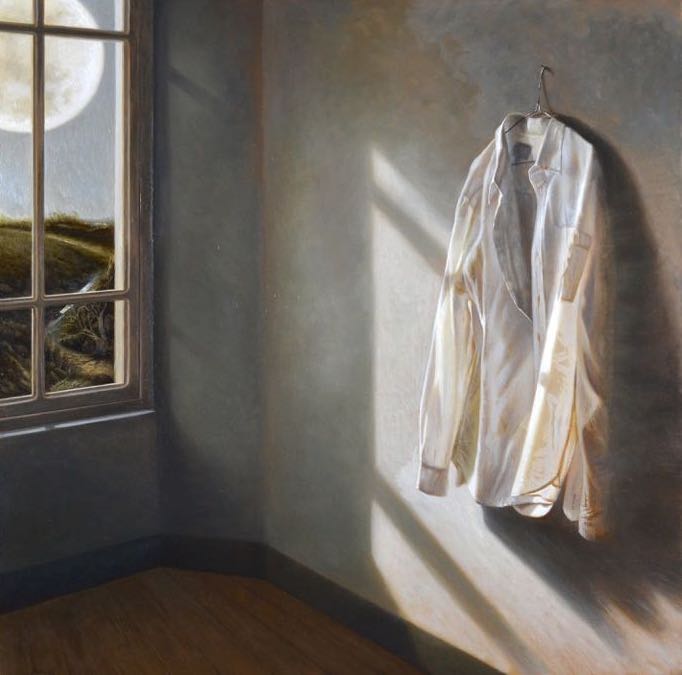
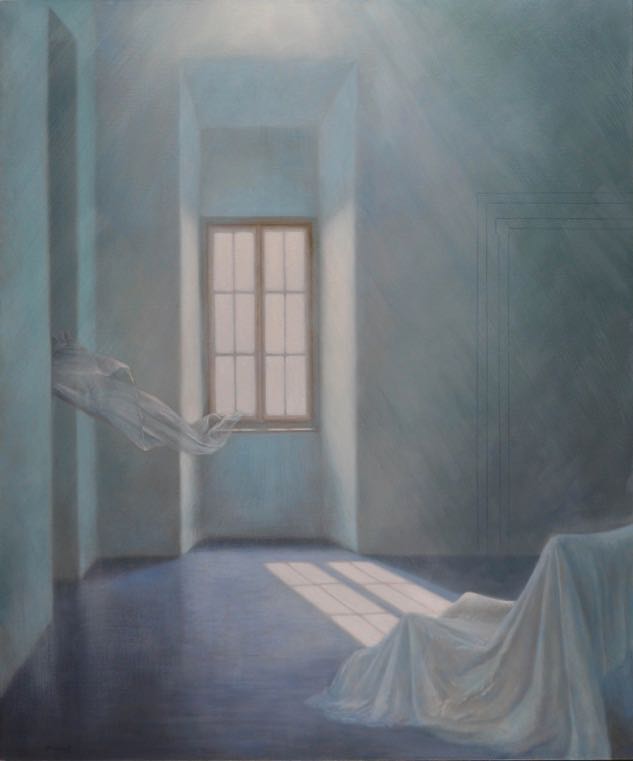
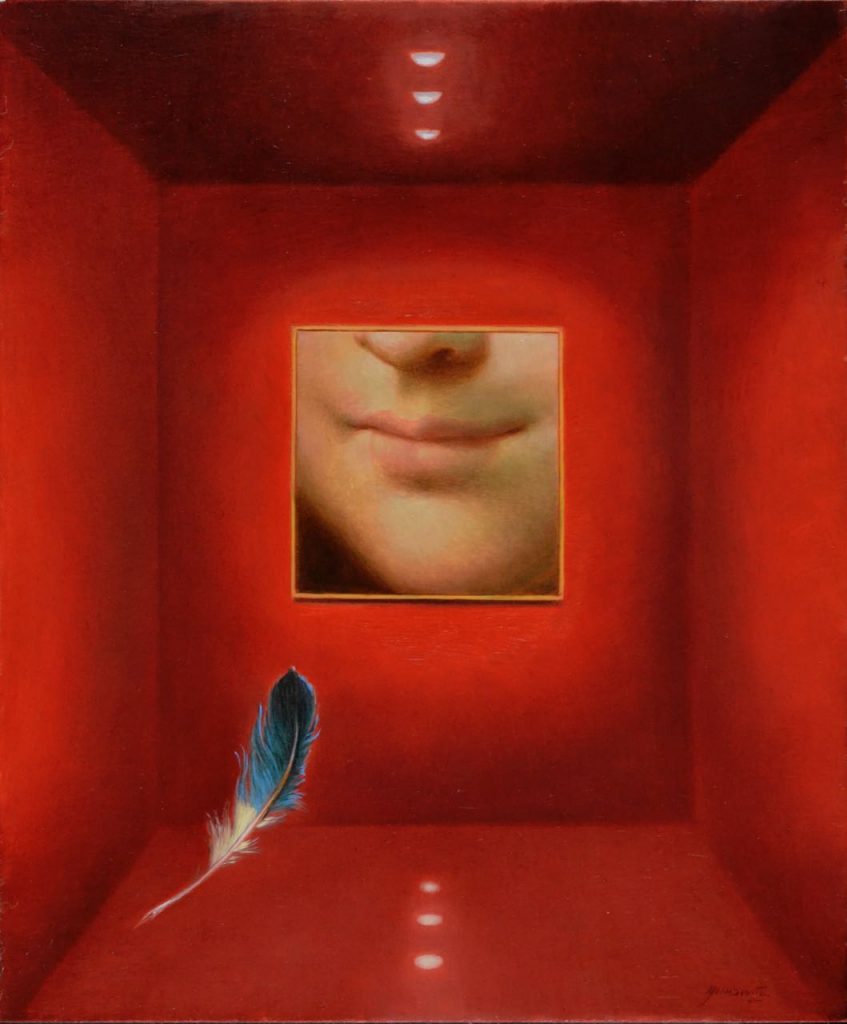
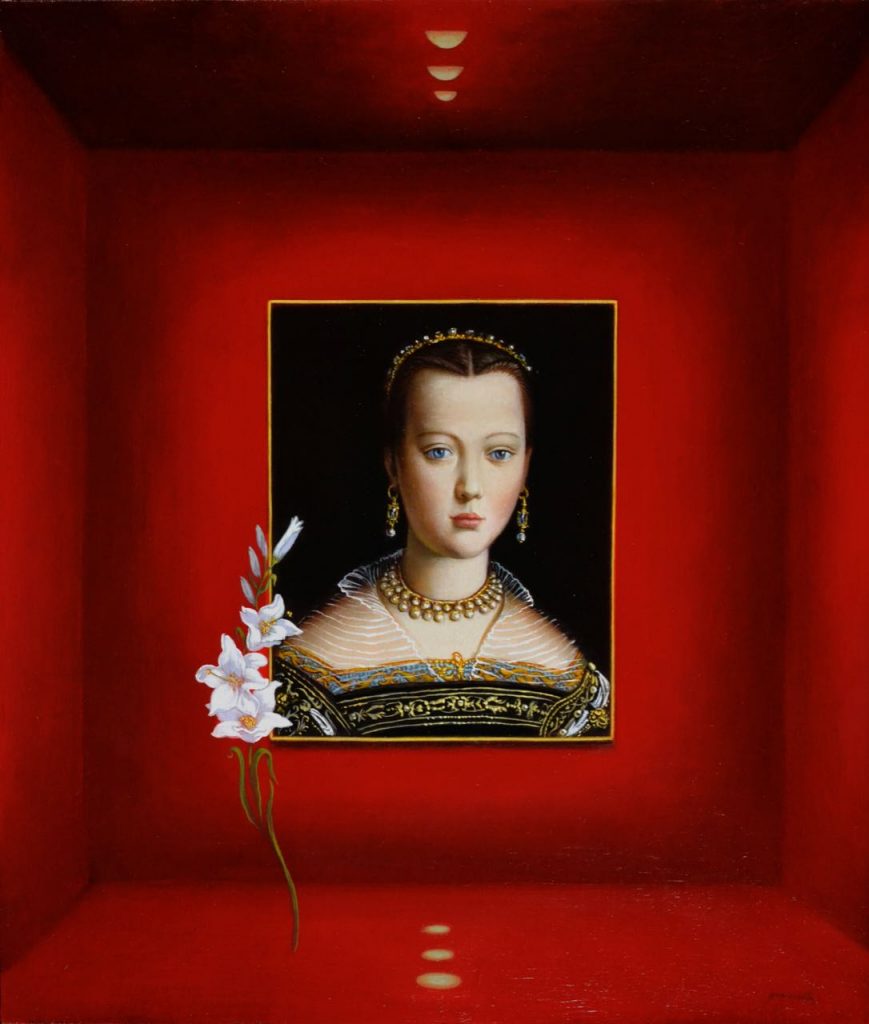
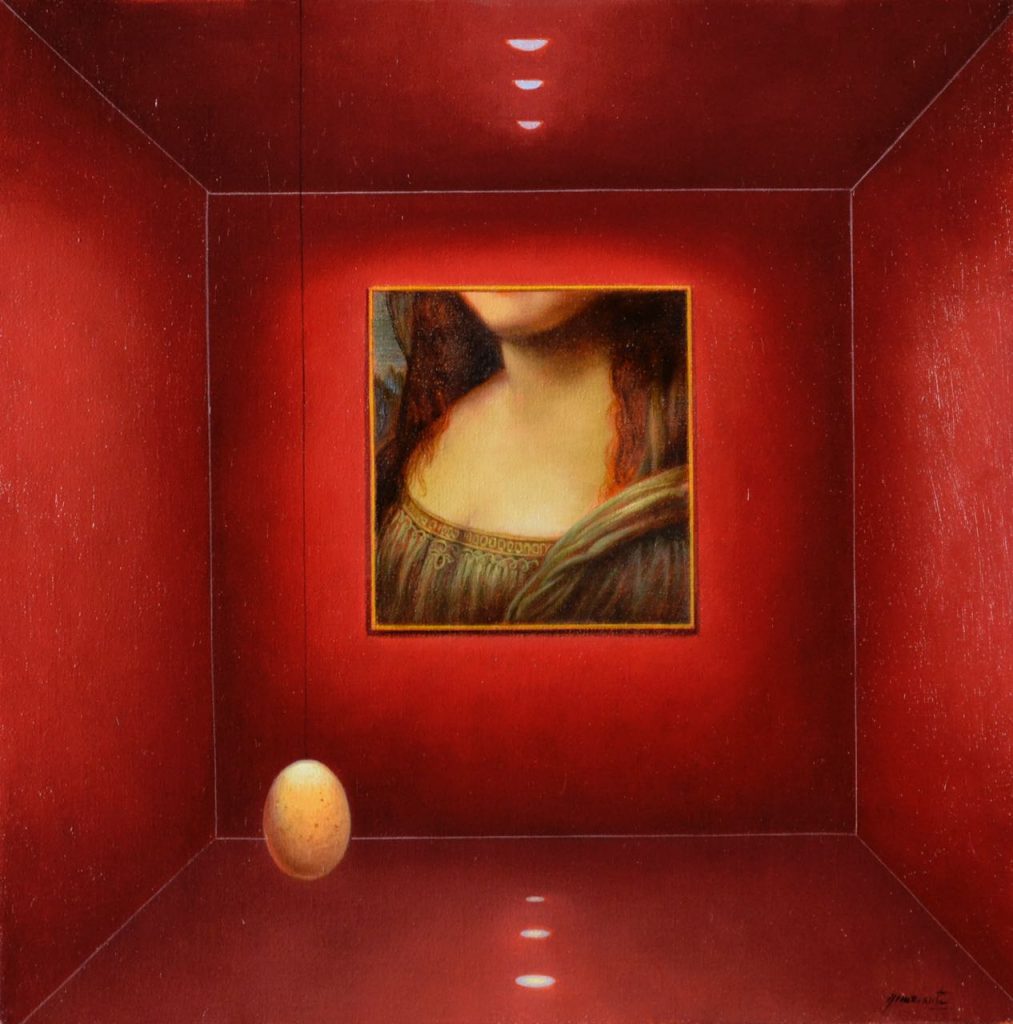
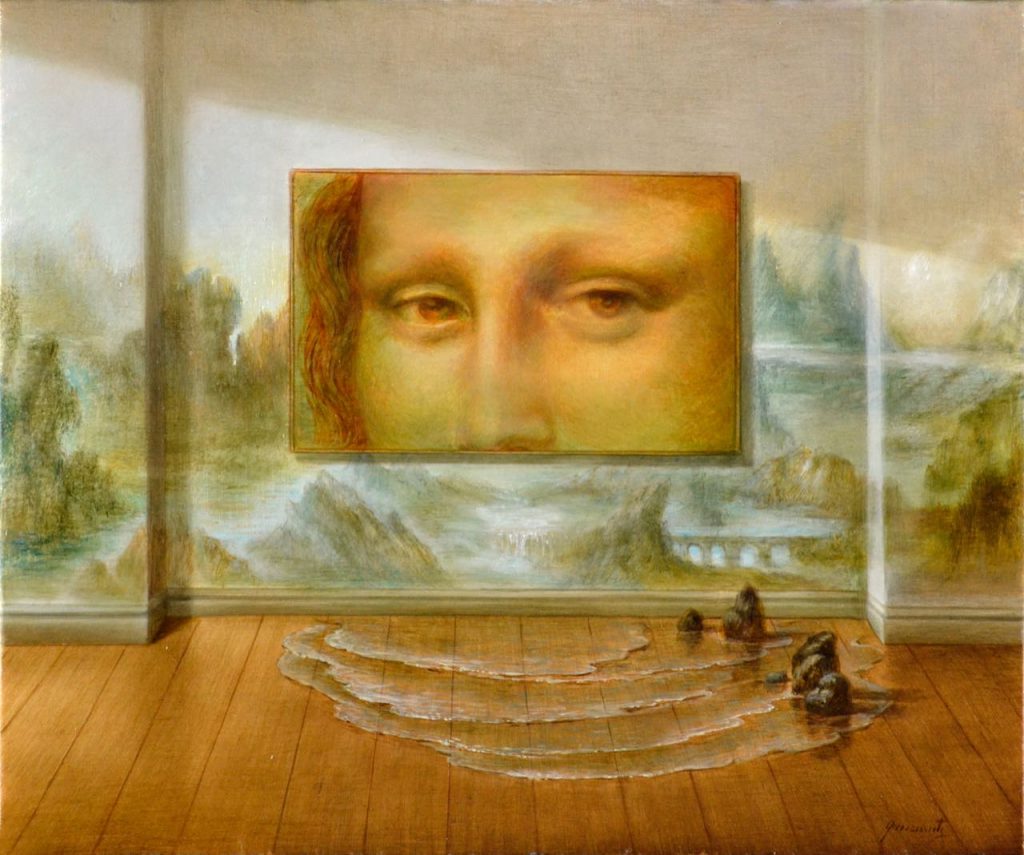
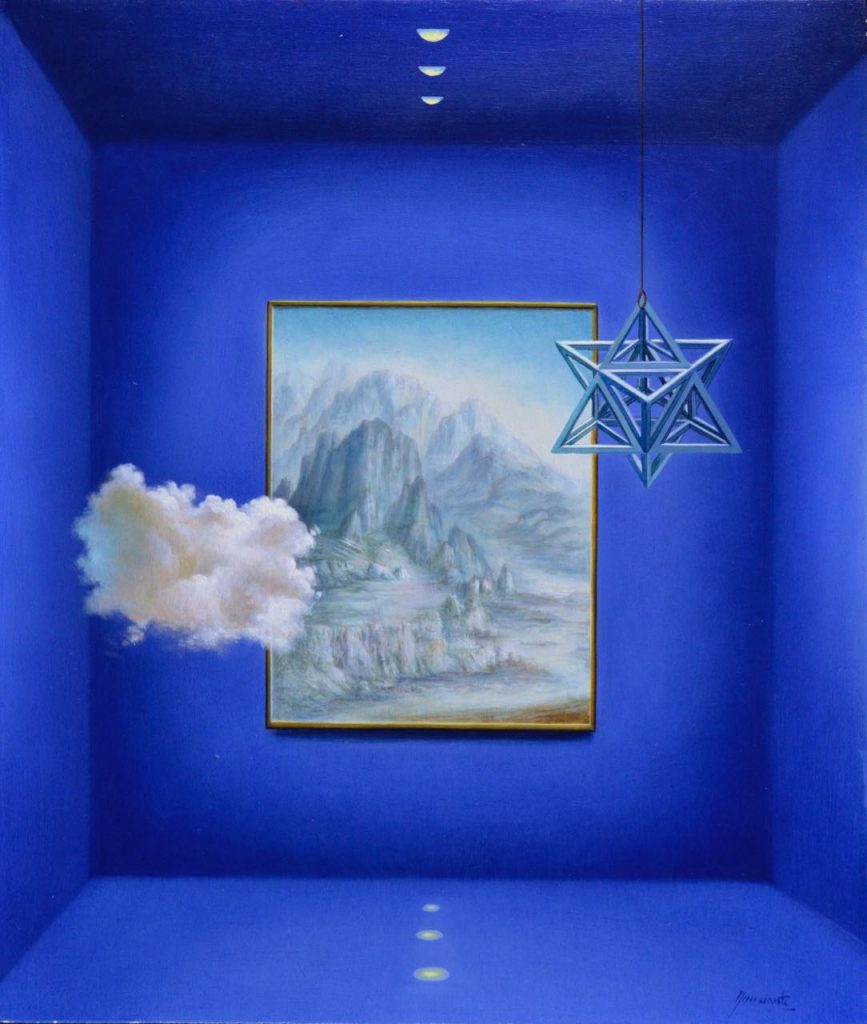
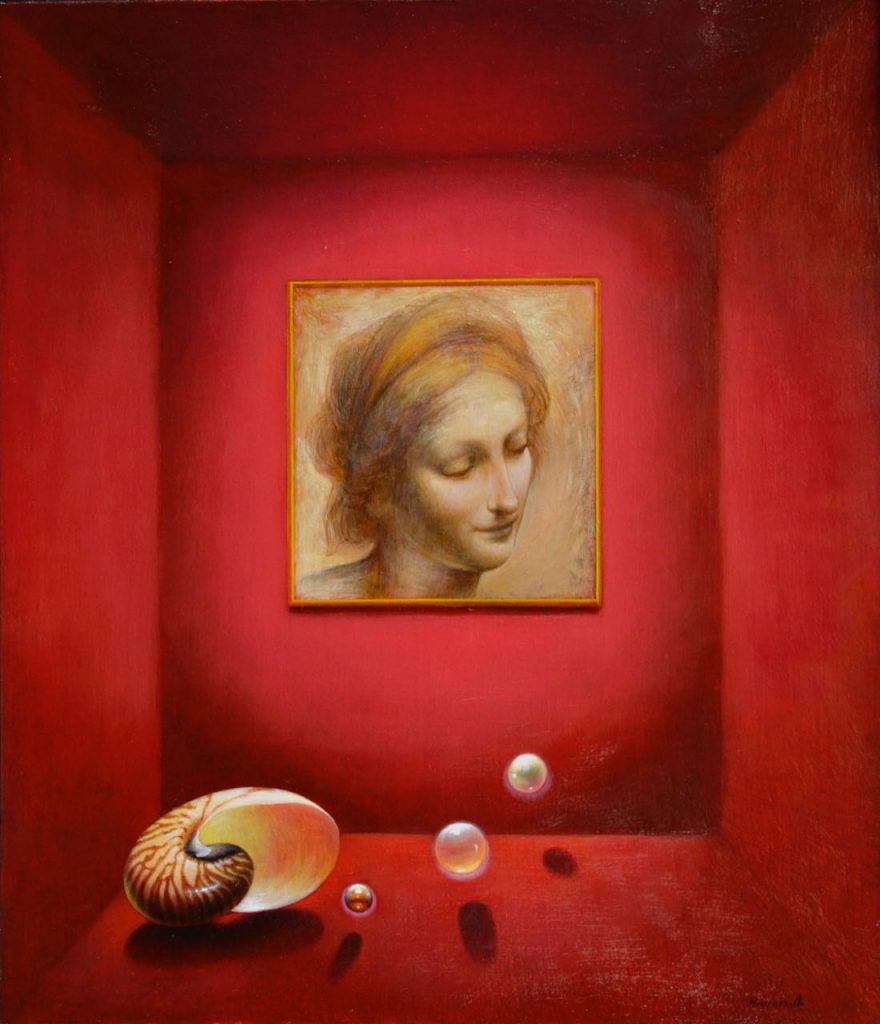
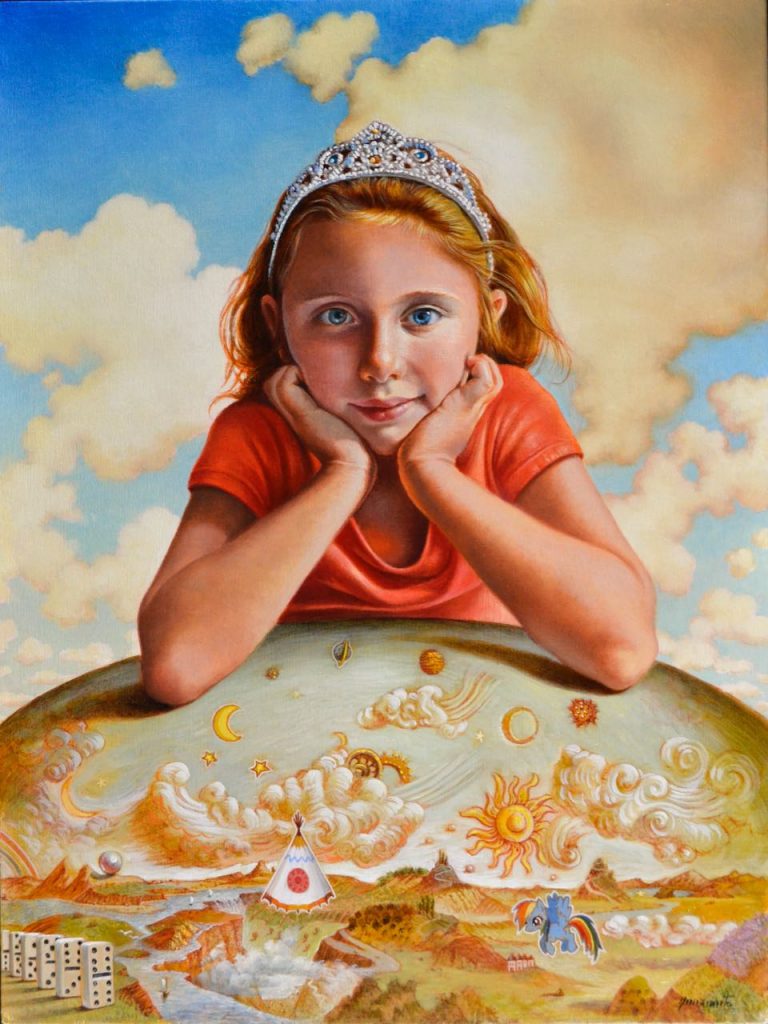
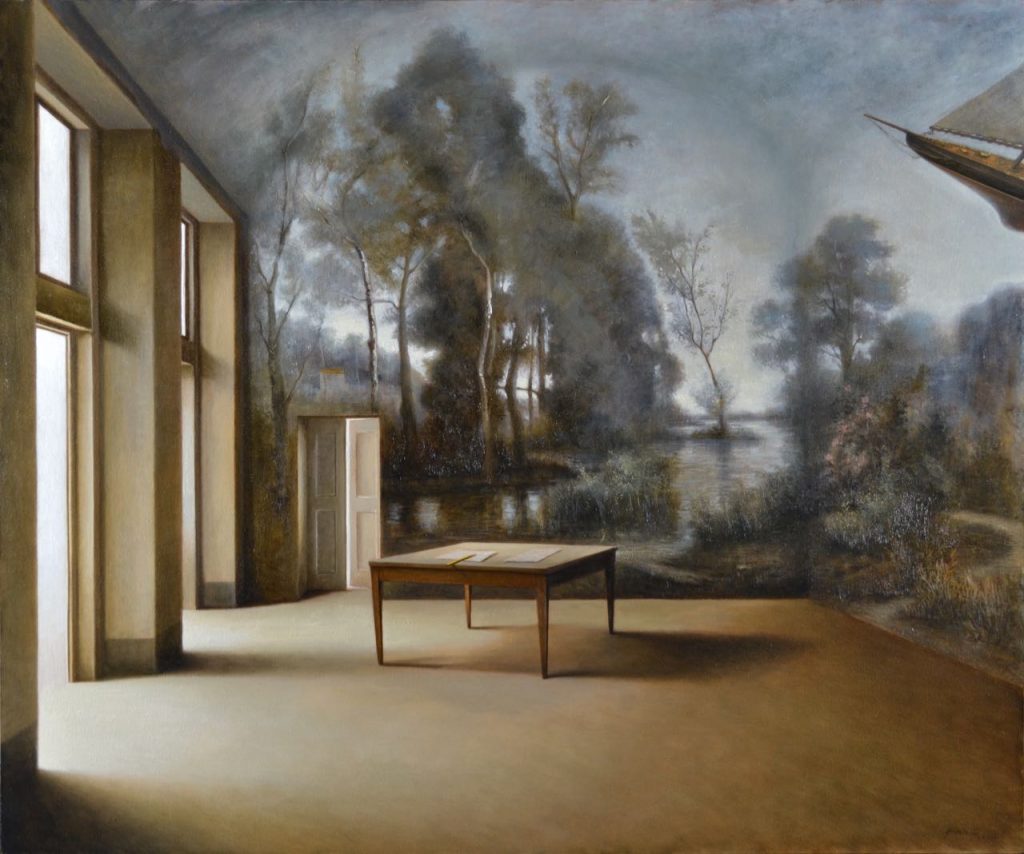
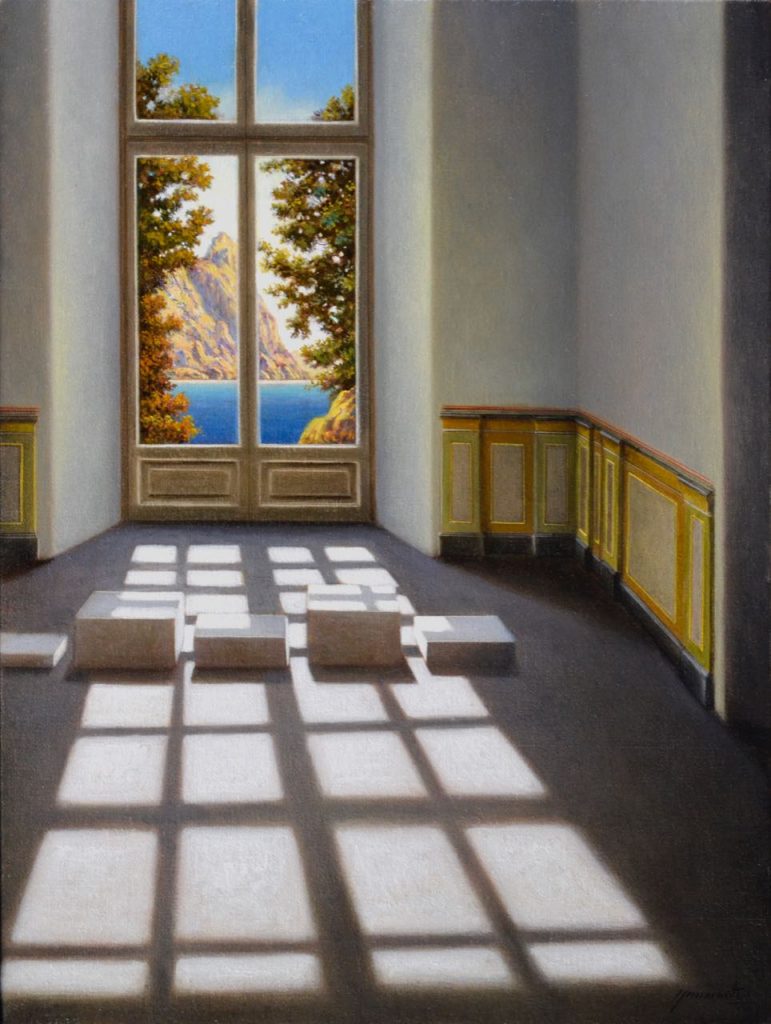
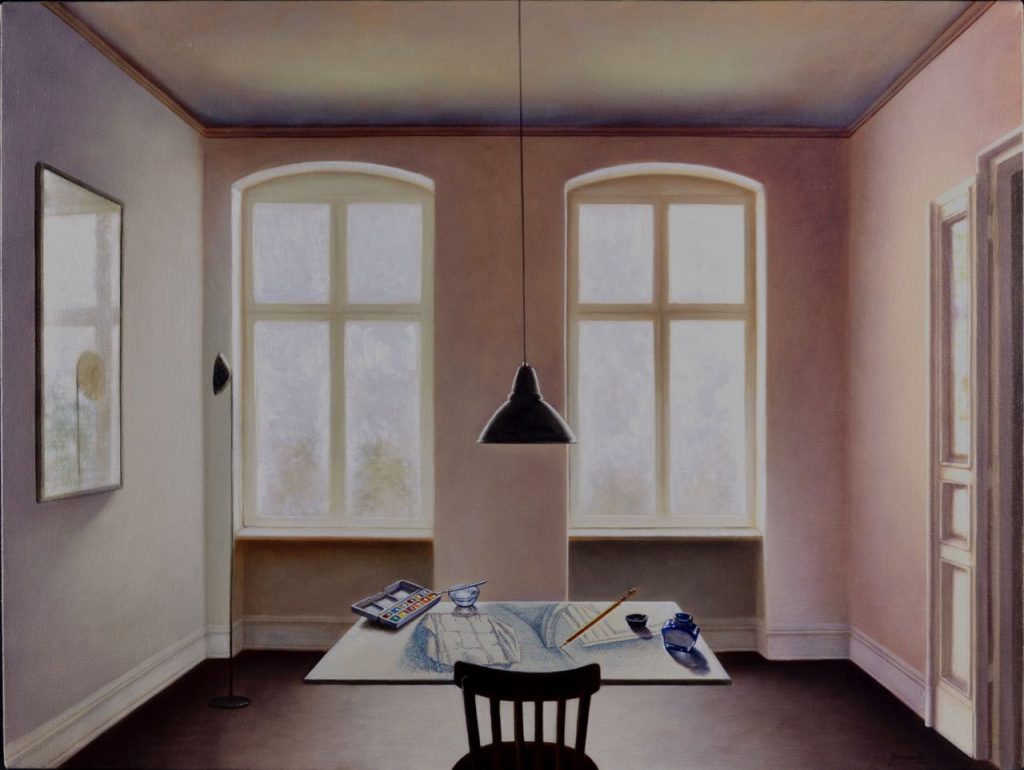
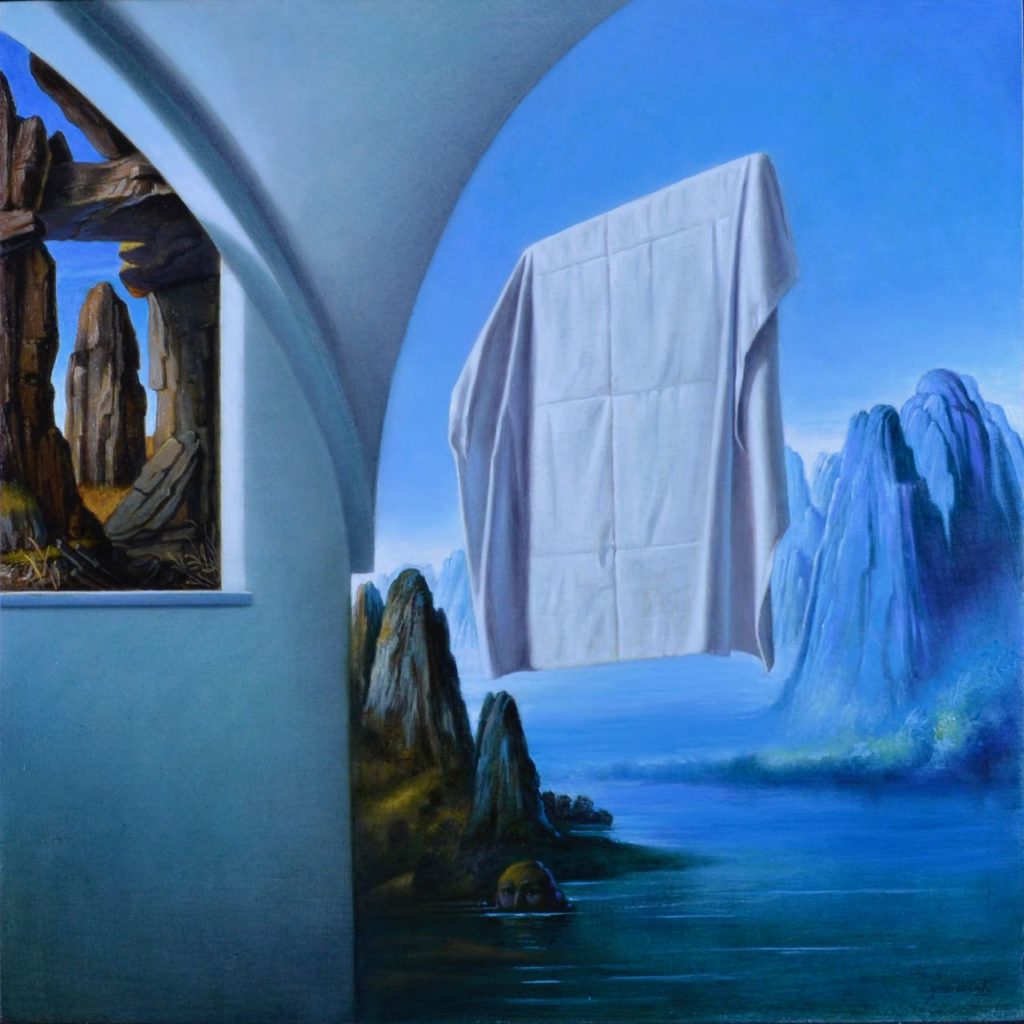
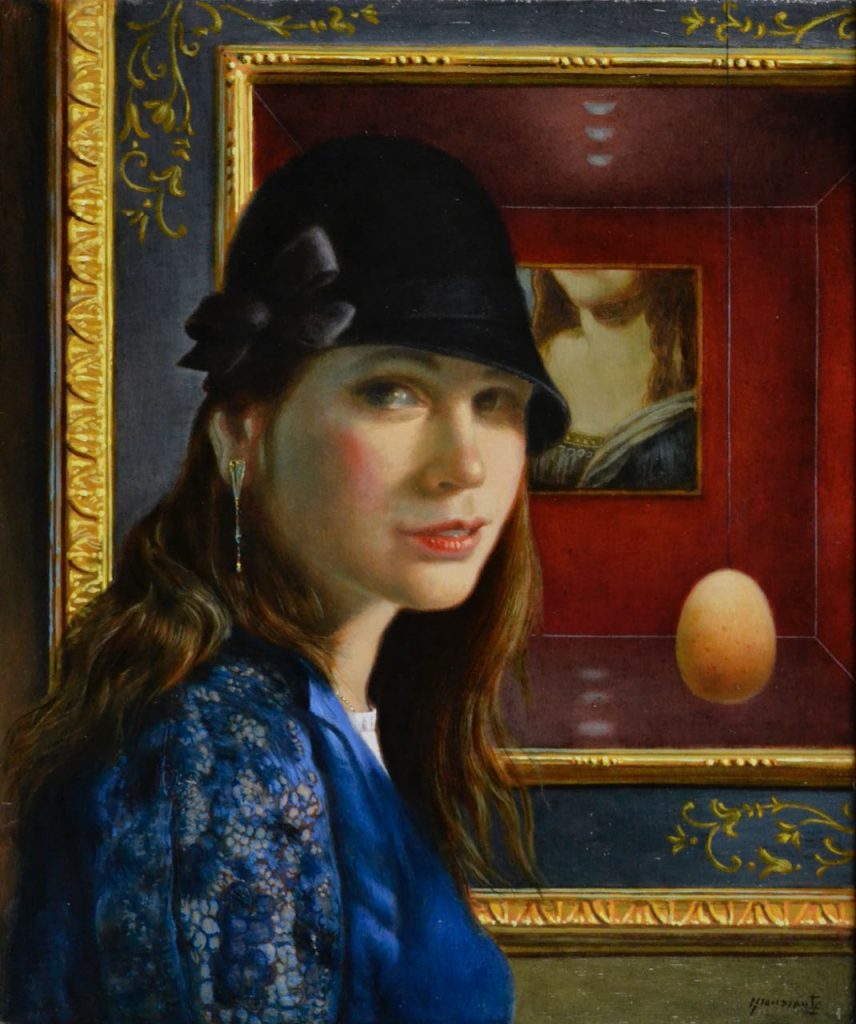
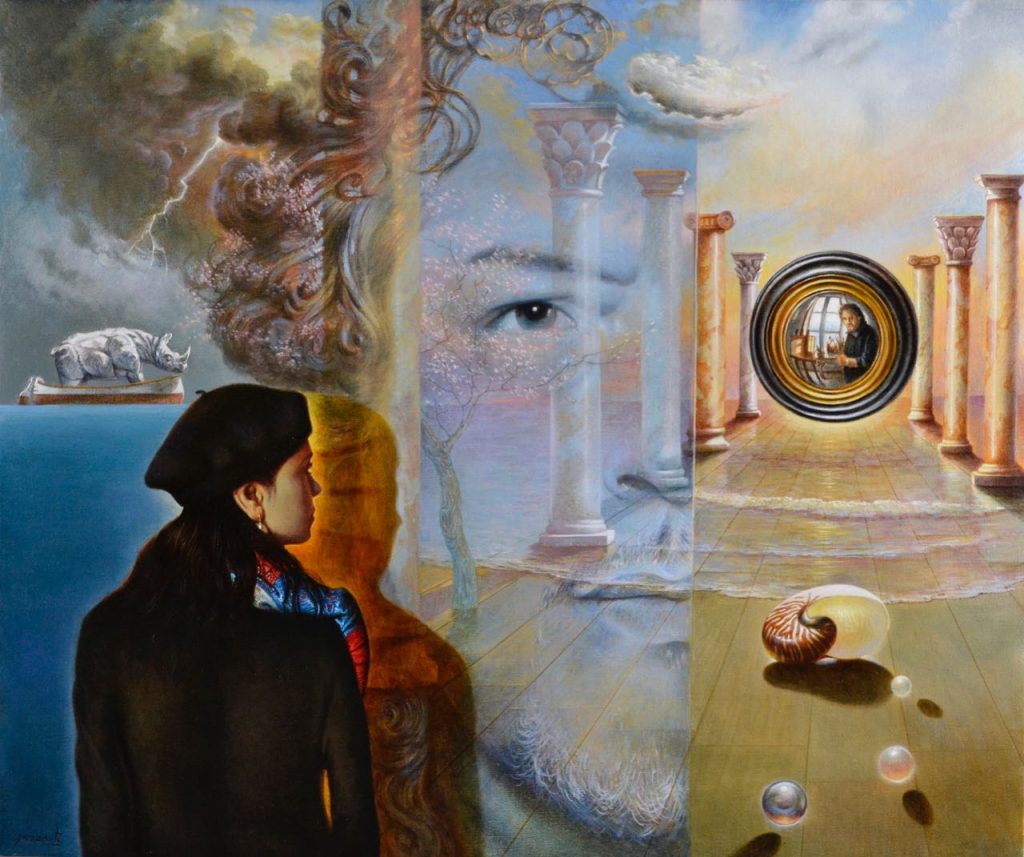
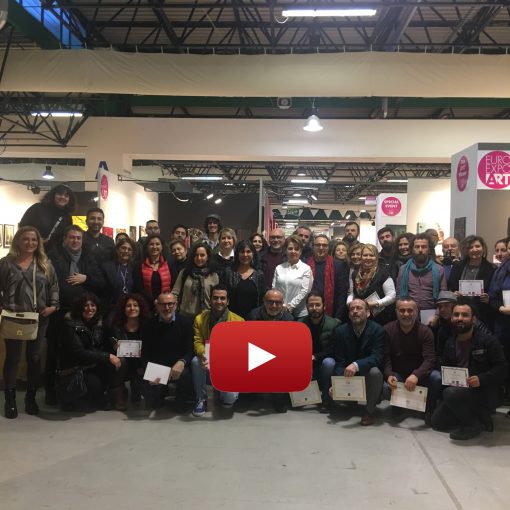


 WELCOME 2019
WELCOME 2019 